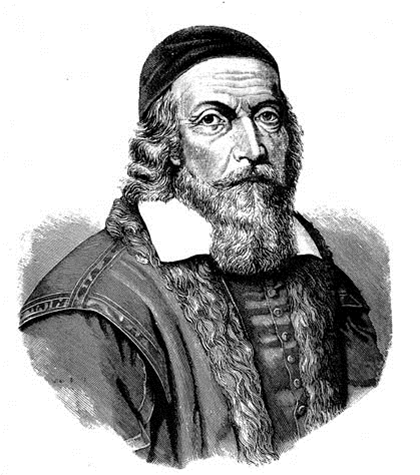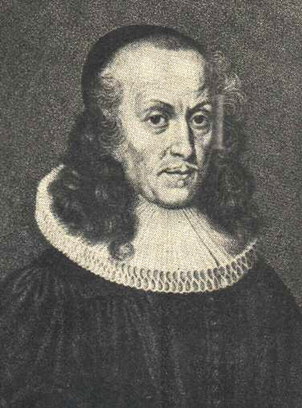The Making of the Christian Global Mission, Part 1: Jan Hus and the Moravians
The Old Believers were not the only ones who spread the Christian Gospel by means of migration. There were also the believers who split from the Catholic Church under the influence of the preaching of Jan Hus in Prague. Martin Luther would later consider himself a follower of Hus. These believers referred to themselves as the Unitas Fratum (Unity of the Brethren). At the time of both Hus and at the time of Luther, what is now known as the Czech Republic was known as Moravia. Many were converted under the preaching of Jan Hus and then organized themselves in 1457 in the village of Kumald, 100 miles east of Prague, in eastern Bohemia (also known as Moravia, still later Czechoslovakia, now the modern Czech Republic). After Hus was martyred in 1415, a large number of his followers left Moravia and escaped toward Dresden in Germany. Others fled toward Poland and into eastern Bohemia (now Slovakia) and the fringes of Moravia.

John Comenius. For more on Comenius, see “Global Pentecostal Renaissance? Reflections on Pentecostalism, Culture, and Higher Education,” by Jeff Hittenberger.
According to Gregory the Patriarch, who is credited with organizing the Unity of the Brethren, what made a Christian was not adherence to a set doctrine but adherence to the example of Jesus, living their lives accordingly. By 1467, the Unity of the Brethren came to be distinguished as the Moravian Church with three orders of ministry: deacon, presbyter, and bishop. By 1517, as the result of the spread into Poland and further into Slovakia, and north toward Dresden and Berlin, the Unity of the Brethren had over 200,000 adherents with over 400 parishes. By the time of The Thirty Years’ War of 1618-1648, persecutions against the Brethren broke out. Many of the Protestant believers from Bohemia, Lutheran, Moravian, and Reformed, suffered after being severely defeated in a Battle of White Mountain in 1620. The major leader of the Unitas Fratum, was Bishop John Amos Comenius (1592-1648). Here was a man who became world famous in his lifetime, especially for his progressive views of education. In matter of fact, he was considered by the New England clergy to be the first President of the newly founded Harvard University which he decided not to accept but to remain in Europe.

Phillip Jakob Spener (1635 – 1705), known as the “Father of Pietism.” For more on Spener, see “Pietists as Pentecostal Forerunners,” by Eric Swensson.
The fellowship of the Unitas Fratum which settled around Dresden in the German state of Saxony in the early 1700s found an answer to their prayers in the person of Count Nicholas Ludwig von Zinzendorf, a Lutheran pietist after the order of Philipp Jakob Spener, considered the initiator of Lutheran Pietism. This was a natural match-up with the Moravian practice of Christian life. Moravian families fleeing persecution in Bohemia and Moravia found refuge on Zinzendorf’s estate in 1722 and built the community of Herrnhut. This new community not only became a haven for many more Moravian refugees but also the launching pad for the first actual global missionary enterprise.
Category: Church History, Spring 2020


